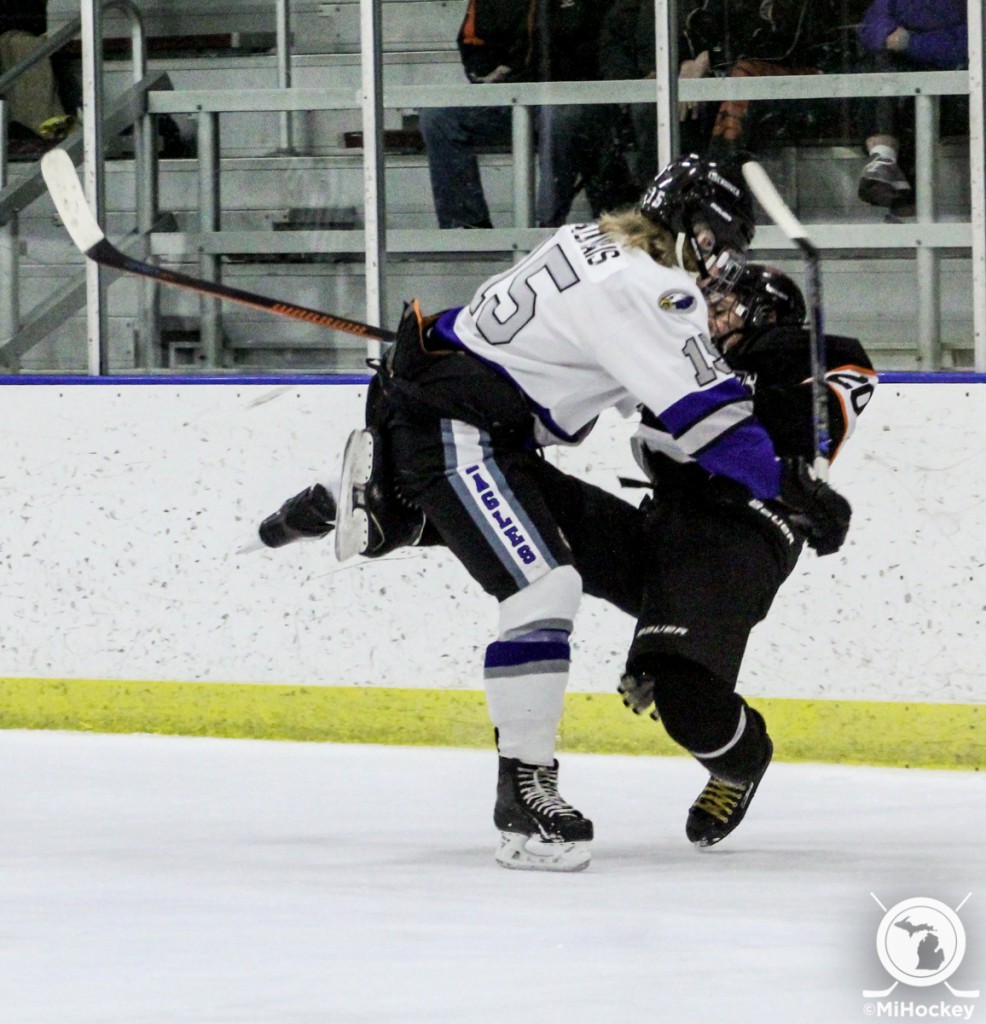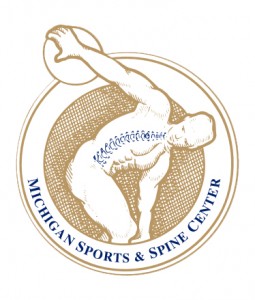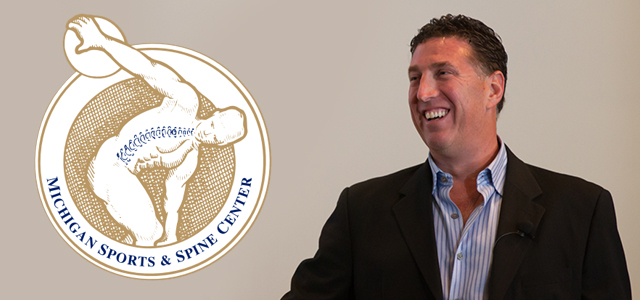The Sports Doc: Is it a common groin injury or something worse?
Many people are coming into the office with hip injuries or groin injuries wondering if they have a sports hernia. So, I think that it is time to talk about one of the most common injuries in ice hockey, adductor strains or groin injury.
The groin comprises of muscles in the inner thigh—the adductors—that allow the legs to move toward the center of the body. These muscles are engaged when the leg is pulled back to the center of the body after a stride, and they are stretched when the leg extends out.
In order to better understand groin injuries, it helps to understand the mechanics of skating. To propel forward during the skating stride, players utilize the muscles on the outside of the hip, known as the hip abductors and external rotators. These muscles are generally well developed in hockey players. When a player needs to slow down or come to a quick stop, they use the muscles of the groin (the adductors) to stabilize the hip. When a strength imbalance exists between the strong hip abductors and weaker hip adductors, the player is at more risk for developing a groin strain.

So, how can you tell if it’s a groin strain or something worse?
When differentiating a groin injury such as a pulled muscle, you simply palpate the muscle in many different positions and then flex that muscle to evaluate the integrity or pain or lack of strength in the muscle to determine the degree of injury. The immediate treatment of groin strains is the same as that used for other musculoskeletal injuries; ice and compression are essential during the first week. Injuries that result in profound weakness or an inability to walk may be more severe and should be further evaluated by a physician.
Now if you had a fracture or hernia, a much more detailed exam is completed. You should always do a complete exam to rule out those problems. Especially with young athletes the muscle/tendons can be stronger than growing bone and you can get an “avulsion fracture”. This is a pulling of muscle/tendon from the bone and taking a fragment of bone with it. This is more serious and requires further treatment. Avulsion fractures usually do not need surgery but definitely longer rest periods to heal. Sometimes x-ray can back-up the fracture but you may need a bone scan which is more sensitive to detect the injury. You will have more tenderness at the bony attachment, as where the muscle strain is usually between the bony attachment and one-third distal muscle length (usually where the tendon/muscle junction is). The rehabilitation definitely differs between these two injuries.

What about a hernia? Everyone knows about the “turn your head and cough exam” and some old guy with a glove thing, but that is only a small part to the evaluation. Usually different muscles are involved but you can still get pain in the groin area. It is usually more the abdominal/rectus muscles vs. adductor muscle at the inside of your legs.
Sports hernias are more of the weakening of the posterior inguinal wall (this is located where the leg muscle comes into the abdominal area). As opposed to the more classic hernia, inguinal hernia where there is a disruption of the inguinal wall and less sensation with the abdominal/rectus muscle, the more classic turn and cough diagnosis. You will need a very detailed exam, usually x-ray and if still unable to confirm the diagnosis, possible MRI imaging to get a more detailed picture of the area. A serious “sports or inguinal hernia” can lead to surgery for complete healing to take place.
Again, the rehab is much different for hernias, fractures, and muscle strains and pain which needs proper evaluation and a treatment plan for full recovery. The important message is to make sure you are seen by an experienced physician to receive a proper diagnosis and treatment plan.
Back to the common groin injury. A study in the American Journal of Sports Medicine found that players who strained an adductor muscle had exhibited 18% less hip adduction strength in the preseason, as compared to players who did not get injured. So what does that mean exactly?
With try-outs starting, hockey players need to take a proactive approach to groin injuries by altering their strength training programs. A program including a warm-up, strengthening exercises and sport-specific training targeting these muscle groups appears to be an effective method for preventing adductor strains and performing a warm-up that includes biking for five to 10 minutes, stretching and dynamic exercises.
You do not want a simple injury to get worse, re-occur or go undiagnosed which can lead to a more serious and chronic problem. Therefore, if your injury is severe or lasting more than two weeks, have it checked out, before it checks you out of the game!
Meet The Sports Doc
Dr. Jeff S. Pierce serves as Medical Director of the Michigan Sports & Spine Center specializing in comprehensive treatment programs for spine, musculoskeletal and joint injuries including sports and occupational problems. Dr. Pierce treats all types of athletes of all ages and levels and has worked with several professional athletes, including the Detroit Red Wings; has served as team physician for several organizations; and team physician for several elite hockey teams including Belle Tire, Little Caesars, and Oakland Junior Grizzlies. He has also become the doctor of choice for entertainers, with many now referring to him as “Doc Rock”. You don’t need to be a professional to see Dr. Pierce; every patient that comes through the door receives the same VIP treatment and excellence in care.
Contact Dr. Pierce at 248-680-9000, drjeffpierce@gmail.com or at www.MichiganSportsandSpine.com to schedule an appointment or consultation about your injury or rehabilitation.


